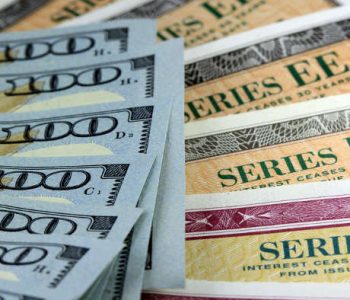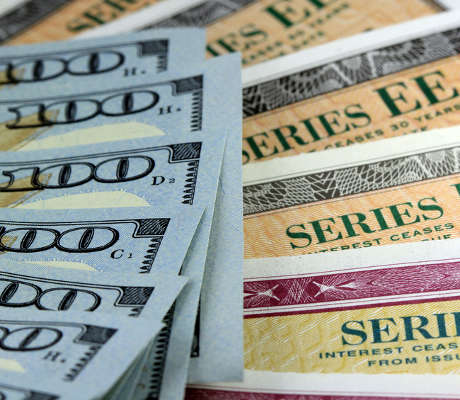This Could Be a “Bad Omen” for Bond Investors

Treasury Bond Yields Soaring
Bond yields soared after few buyers showed up for a Treasury action on Monday, which some traders say could be a bad omen for fixed-income investors.
Investors were overwhelmed by the large government issue of three-year and 10-year U.S. Treasury notes. Demand for three-year notes missed analysts expectations. And while bids for 10-year notes came in as expected, it was only after an increase in yields attracted more buyers. (Source: “Treasury to Sell $118 Billion in Debt,” The Wall Street Journal, December 8, 2016.)
Three-year bond yields rose marginally to 1.87%, just below a seven-year high set on November 30. Meanwhile, the yield on the 10-year note touched a session high of 2.53%, its highest level since September 2014.
Tepid receptions for bond auctions can be a bad sign for investors. Two auctions on the same day would be a lot for the market to absorb under most circumstances. The disappointing results, however, are in stark contrast to auctions earlier this year, where rock-bottom interest rates created seemingly unlimited demand for government Treasury bonds.
Fixed-income investors have good reason to be worried. Expectations for larger budget deficits and faster growth next year have sent bond yields soaring since the November 8 election. Inflation, spurred on by a rapid rise in oil prices, can have a corrosive impact on bond returns.
Because prices trade inversely to bond yields, even a small increase in interest rates could devastate investors. For example, 30-year Treasury bonds currently yield 3.1%. If we were to see a modest two-percent increase in interest rates, the price for these securities would drop by more than 30%.
The situation could get worse before it gets better. Even before the election results, investors were fairly confident that the Federal Reserve would decide to raise interest rates at its December 13–14 meeting. The concern now is whether a stronger economy will encourage the central bank to hike rates at a faster pace next year.
Traders will be paying close attention to the Fed’s the forward guidance on Wednesday. If the central bank shifts to a more hawkish stance, it could trigger a major selloff in bond prices in the weeks ahead.









